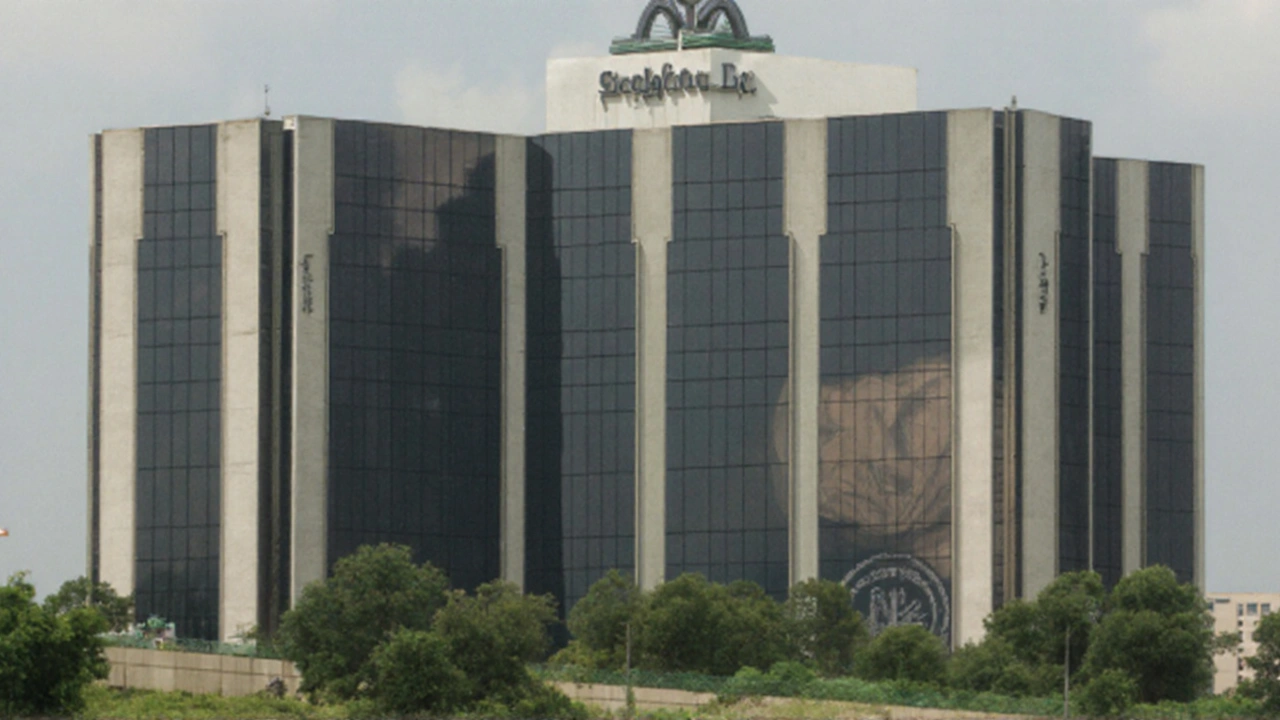Inflation Moderation: What It Means for Africa’s Economy
When talking about inflation moderation, the gradual slowing of price growth that helps keep a country’s purchasing power stable. Also known as price slowdown, it signals that inflation is moving toward target levels set by policymakers.
One key player in this process is the central bank, the national authority that designs and implements monetary policy. Central banks use interest rate adjustments, changes to the policy rate that influence borrowing costs and spending to either cool down or stimulate the economy. When rates rise, borrowing becomes pricier, slowing demand and helping bring inflation back in line with goals.
Another essential gauge is the consumer price index (CPI), a basket‑of‑goods measure that tracks how prices change for households. By monitoring CPI trends, policymakers can assess whether price pressures are easing. If CPI data shows a consistent deceleration, it confirms that inflation moderation is taking hold.
These three elements—central banks, interest rate policy, and CPI—create a feedback loop that drives price stability. A stable price environment encourages investment, improves living standards, and reduces uncertainty for businesses across the continent. In South Africa, Kenya, and Nigeria, recent data shows that measured policy moves are beginning to temper previously high inflation spikes.
Below you’ll find a curated set of stories that dive deeper into how these mechanisms play out on the ground, from climate‑linked food price shocks in Kenya to fiscal measures in South Africa, and how sports and entertainment sectors feel the ripple effects of changing consumer costs. Keep reading to see real‑world examples of inflation moderation in action and what it means for your wallet today.

Nigeria's CBN Slashes Benchmark Rate to 27% as Inflation Cools
Sep 26, 2025, Posted by Ra'eesa Moosa
On September 23, 2025, the Central Bank of Nigeria lowered its benchmark interest rate to 27%, the first cut since the pandemic. The move follows a slowdown in inflation to 20.12% in August and aims to ease borrowing costs for SMEs and households. New liquidity rules, including a 75% cash reserve ratio on public deposits, accompany the cut. Analysts see the easing as a signal that disinflation will continue through year‑end. The decision ends a three‑year tightening cycle that saw rates rise sharply to fight price pressures.
MORE